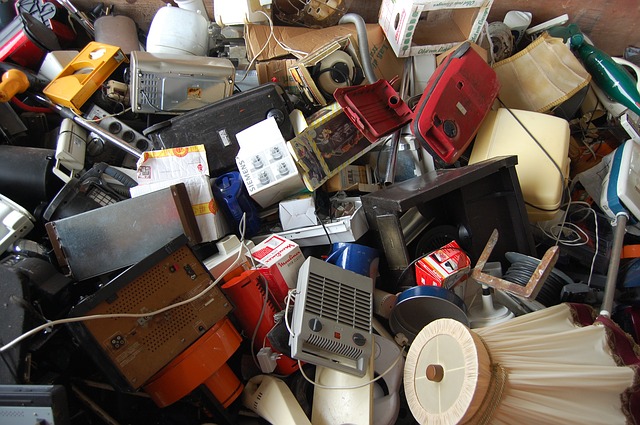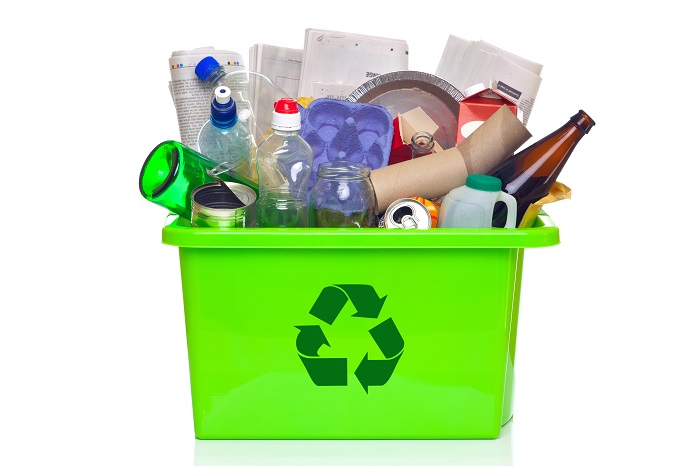

Were you aware that more than 50 million tonnes of electronic waste (e-waste) is produced each and every year? These materials are very harmful to the environment and unfortunately, they absolutely essential in our modern world. This is why appreciating how to minimise the production of e-waste has become an important concern.
Are there any effective strategies? What advantages can these approaches provide? Let’s take a look at six professional tips as well as how they may be able to benefit your home or business.
Contents
1. Implement a Recycling Programme
Although this first suggestion might appear to be nothing more than common sense, many companies and homes have failed to take such a step. Make it a point to develop an in-house recycling programme. Employees and family members should be encouraged to ask questions and to participate on a regular basis.
2. Perform Upgrades as Opposed to Entire Refurbishments
The majority of electronic waste comes in the form of devices that no longer serve any purpose. Examples include:
- CRT monitors
- Hard-wired telephone systems
- Older laptops and tablets
- Smartphones
However, we need to remember that there can be instances when a simple software upgrade will breathe new life into these devices. Not only will this help to reduce the levels of electronic waste being produced, but the chances are high that it will save you a significant amount of money. Take a look around your home or place of business and determine which items can be refurbished as well as those that are destined to be recycled.
3. Educate Others About the Dangers of Electronic Waste
Many larger firms have already begun to implement e-waste initiatives. These are intended to demonstrate the dangers of such materials concerning the environment. After all, some employees might not be aware of the associated risks.
This is why it is prudent to host seminars or webinars which discuss the impact of electronic waste on the environment. Employees can also be shown how they can make a positive impact (such as by discarding items in a specific manner or working with third-party disposal firms). Those who begin to appreciate their role will be much more likely to adopt a proactive stance.
These very same methods can be used at home. Talk about e-waste with family members and make them aware of their responsibilities. A bit of guidance will certainly go a long way.
4. Embrace Energy-Efficient Lighting Solutions
We need to remember that not all forms of e-waste are related to computers and mobile phones. Everyday home and office equipment can also fall into this category. One key example involves the use of outdated lighting systems.
What types of lighting fixtures are found within your home or office? The chances are high that either incandescent or fluorescent bulbs are present. The issue here is that this technology is now considered to be slightly outdated.
Both types of fixtures will require an immense amount of energy. This naturally increases the carbon footprint of your organisation. However, another point to mention involves how often these lights need to be replaced. It is therefore much better to switch to LED lighting systems.
LED bulbs provide a much crisper form of light and they generate a fraction of the heat associated with traditional fixtures. So, they will not need to be replaced nearly as often. The good news is that these units are easy to purchase and they represent cost-effective solutions.
If you’re wonder how to increase resale value of home with sustainable choices, the above is an easy and simple way to reduce your household energy consumption.
5. Work with a Qualified ITAD Firm
ITAD is an acronym for IT Asset Disposition. These firms are primarily used to efficiently dispose of electronic waste. As opposed to sending devices directly into a landfill, they will be harvested for various materials including:
- Glass
- Precious metals such as gold, silver and platinum
- Harmful chemicals including mercury and cadmium
Homes and businesses can therefore remain confident that they are not harming the environment. Let’s also mention that sensitive information may be contained on some devices. ITAD providers will ensure that this data does not fall into the wrong hands thanks to extremely effective destruction techniques.
6. Create Simple Recycling Methods
One of the problems associated with e-waste is that many individuals are unaware of how it should be disposed of properly. As a result, they are more likely to simply throw it into the bin. The best way to avoid this bad habit is to allocate a box or storage location that is specifically designated for electronic waste. Once it has become filled, it can then be sent to a nearby recycling centre.
Not only is e-waste bad for the environment, but it can cause serious health issues. These include respiratory problems, some types of cancer, chronic illnesses, and even changes to our DNA. This is why minimising the levels of these substances is crucial in these modern times. All of us have a role to play, so be sure to take yours seriously.



